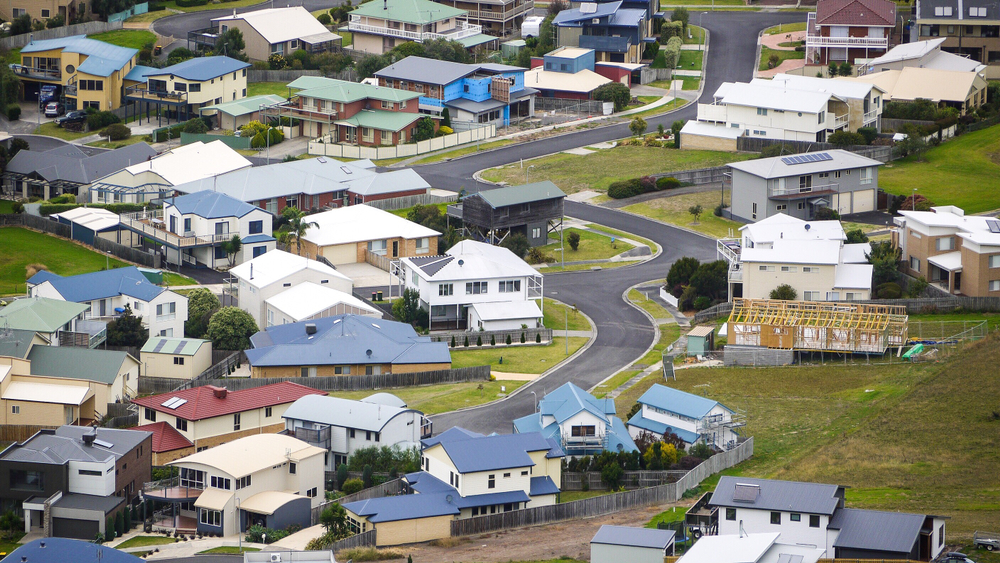Australia’s housing market booming, but from ‘massive’ debts
Experts warn the country’s record low-interest rates might be unsustainable
According to The Guardian, Australia’s housing market is booming, and many positive signs are indicating a continuous upturn.
After property data firm CoreLogic’s tracking of 1,191 auctions last week, the company saw 86.1 percent of properties sold, a 2.3 percent rise from the week before. Tim Lawless, head of research at CoreLogic, said such results haven’t been seen since 2015.
“When auction clearance rates are high, you expect house prices to be rising and vice versa. At the moment we’re seeing clearance rates well above 80 percent. The last time we saw the same was in 2015, but you have to go back a decade to see auction markets as strong as this,” said Tim.
CoreLogic’s Home Value Index indicated strong growth in house prices throughout January, at 0.9 percent nationally and regional areas doubling that recorded in cities.
Nerida Conisbee, chief economist at global real estate company REA Group, mentioned that the booming is due to a pool of cheap money, high savings rate from those employed through 2020, a receding pandemic, and a shift into regional areas.
Nerida added, “you’re watching a realignment as people work out where they want to live and where they want to be employed.”
“The recession we saw with the pandemic is not quite like what we’ve seen elsewhere in the GFC where it was finance-led. What that’s meant for property is there’s no shortage of money. Interest rates are at incredible lows and those who had jobs were forced to save during rounds of lockdowns,” she said.
Despite growing property values in regional zones like south Queensland and northern New South Wales, apartments and units in city areas have levelled from lower migration.
Interest rates have come off as low as 0.1 percent, a state the Reserve Bank of Australia (RBA) expects to hold until 2024.
RBA governor Philip Lowe disregarded any concerns of a new housing bubble reforming, mentioning that the growth was a positive sign of economic recovery post-pandemic.
“There’s a lot of focus at the moment on the fact that housing prices are rising again, and the stock market has been strong,” said Philip. “Well, the national house price index today is where it was four years ago…and the equity market, we’re back to where we were at the beginning of last year.”
However, experts are raising concerns about the government’s homebuilder scheme and cash-flow initiatives, saying that this “cheap money” is a big driver of the recent price spike.
More: Australian developers offer free immigration services to attract Chinese buyers
Professor Hal Pawson from the University of New South Wales said, “it’s the ability to take out AUD150,000 (USD116,859) more on a mortgage than you could have had a year ago on the same salary. The concern about this is that, for lower-income earners in regional locations, they’re going to be put under pressure as the result of these changes and it doesn’t flow through [to renters] immediately.”
Martin North, the principal of Digital Finance Analytics, added that the federal government is attempting to further boost the situation by bending responsible lending laws, creating new debts.
“Banks are lending six- or seven-times average incomes. They’re doing what they were doing before the royal commission. This is an unsustainable and a highly risky extension when we should be investing in more sustainable or longer-term solutions,” he said.
Recommended
Park Kiara in Hanoi raises the bar for sustainable urban living
Park Kiara in Hanoi is a repudiation of low-density, car-dependent suburban sprawl
6 reasons Bekasi is rising as Greater Jakarta’s next hotspot
One of Greater Jakarta’s rising stars is prospering, thanks to ample recreation and a contingent of desirable housing projects
6 developments driving Asia’s green real estate shift
Developers are being incentivised to push a green agenda into daring new realms
The Philippines’ LIMA Estate drives sustainable industrial growth
LIMA Estate models a citywide vision that uplifts workers while appealing to climate-conscious employers







